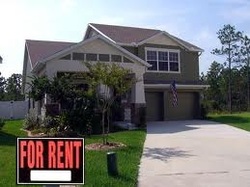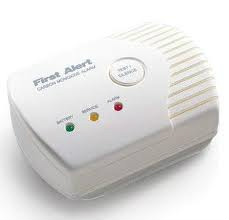
Sure you can post an ad and even get some calls but what experienced and effective management companies do to convert the lookers into renters is truly the secret. That being said, it is not a secret method or password. Nor is it a slimy sales pitch with a mantra of "always be closing." Quite honestly, we at Neighborhood Property Management have found that in markets such as Fresno and Clovis, it is more about...

 RSS Feed
RSS Feed